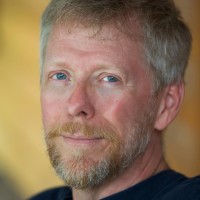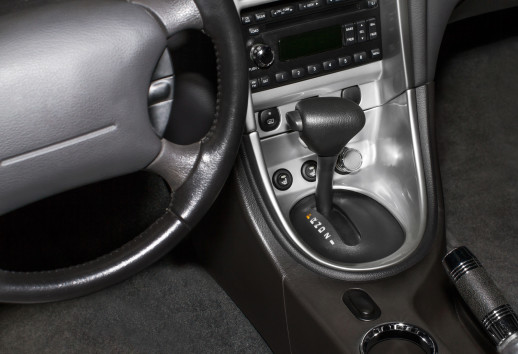We love our business and are thrilled by the predictions for expected global growth in video content. Take this statistic, for instance:
- According to Cisco, video will account for 69% of all consumer Internet traffic by 2017 (and some sources take this figure as high as 74%).
Experts indicate that video is the future of content marketing, and that trend is already in full swing. Nielsen claims 64% of marketers expect video marketing to dominate their strategies in the near future.
Our role is to develop clear, concise and engaging video stories for our clients. We know that in this age of information overload people want a quick visual message so they can move on.
In fact, even using the word “video” in an email subject line boosts open rates by 19% and click-through rates by 65%, as reported by Syndacast.
The icing on the cake?
Axxon Research reports seven in 10 folks view brands in a more positive light after watching interesting video content from them.
Videos are a great way to create an emotional connection with your audience and leave a lasting impact long after the video is over. And we love client stories with happy endings!
 John Doty, owner of InMotion Imagery, is an Emmy Award winning director and editor who has now worked in broadcast television and video production for more than 25 years. His work has been recognized by, among others, the Telly Awards and The Press Club of Dallas.
John Doty, owner of InMotion Imagery, is an Emmy Award winning director and editor who has now worked in broadcast television and video production for more than 25 years. His work has been recognized by, among others, the Telly Awards and The Press Club of Dallas.
Not only is he expert at creating the perfect script-to-screen visual communications tools for clients, but he also directed the construction of InMotion’s sound stages from blueprint to finish. He has led teams of industry experts in producing television programs, live national broadcasts and corporate Webcasts. He’s a member of the Dallas Producers Association.
Like InMotion Imagery on Facebook and follow on Instagram, LinkedIn, Twitter and Vimeo as well.









